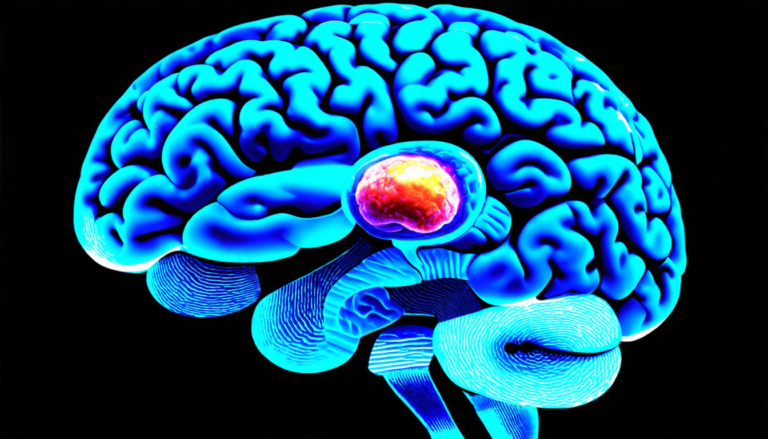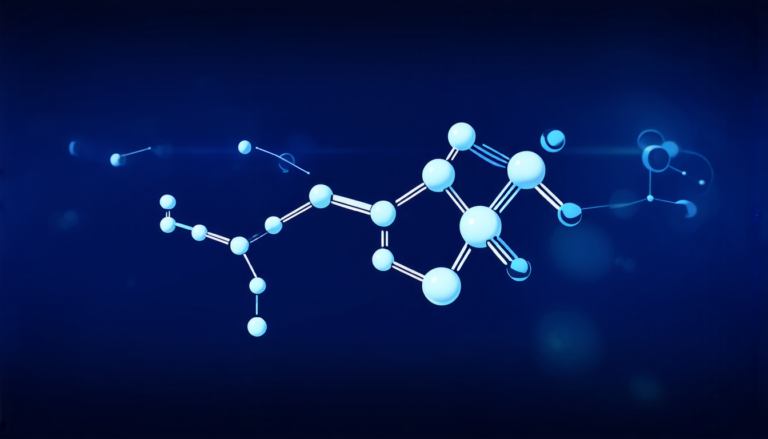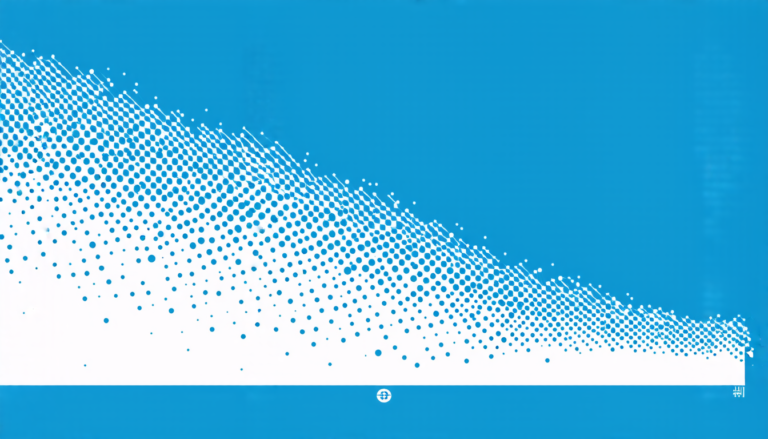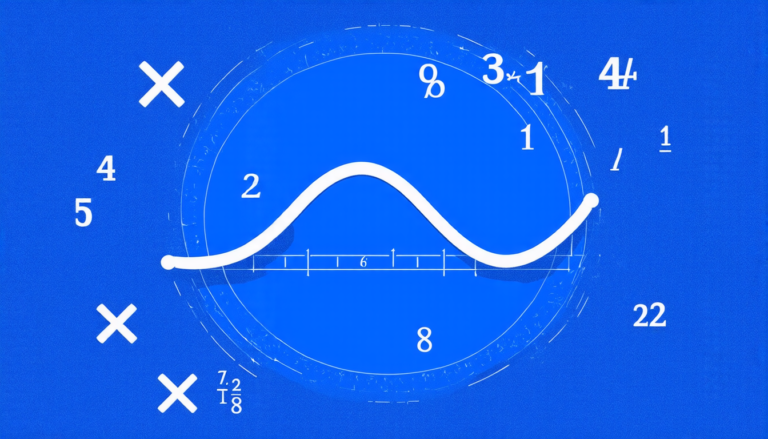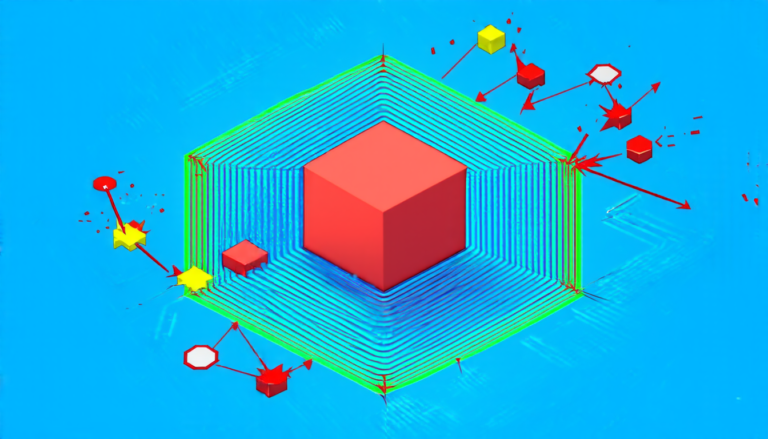Tuesday 08 April 2025
In a breakthrough discovery, mathematicians have made significant progress in understanding how modules – mathematical objects used to study algebraic structures – can be decomposed into smaller parts.
Modules are like Lego bricks, where each brick has specific properties and can be connected to other bricks in various ways. In this case, the researchers focused on finding ways to break down these modules into two types: projective and stable. Projective modules are those that can be expressed as a direct sum of simpler modules, while stable modules are those that do not have any direct summands.
The team used a variety of techniques to tackle this problem, including the concept of Auslander-Bridger transpose, which is a mathematical tool used to study the properties of modules. By applying these methods, they were able to identify specific conditions under which modules can be decomposed into projective and stable parts.
One of the most interesting findings was that certain types of rings – algebraic structures used to represent sets of numbers – have properties that make it difficult for modules over those rings to be decomposed. For example, semi-hereditary rings are rings that have a specific property called stability, which makes it hard for modules to be broken down into smaller parts.
The researchers also discovered that certain types of modules cannot be decomposed at all. These modules are known as cyclically presented modules, and they have properties that prevent them from being broken down into simpler parts.
This discovery has significant implications for the field of mathematics, particularly in the study of algebraic structures and their properties. It could also have applications in other fields, such as computer science and physics, where mathematical concepts are used to model real-world systems.
The team’s work is an important step forward in our understanding of modules and their decomposition. By exploring these complex mathematical objects, researchers can gain insights into the fundamental nature of algebraic structures and develop new tools and techniques for solving problems in a wide range of fields.
Cite this article: “Unlocking the Secrets of Module Theory: A Breakthrough in Ring Decompositions”, The Science Archive, 2025.
Modules, Algebraic Structures, Decomposition, Projective Modules, Stable Modules, Auslander-Bridger Transpose, Rings, Semi-Hereditary Rings, Cyclically Presented Modules, Mathematical Objects


